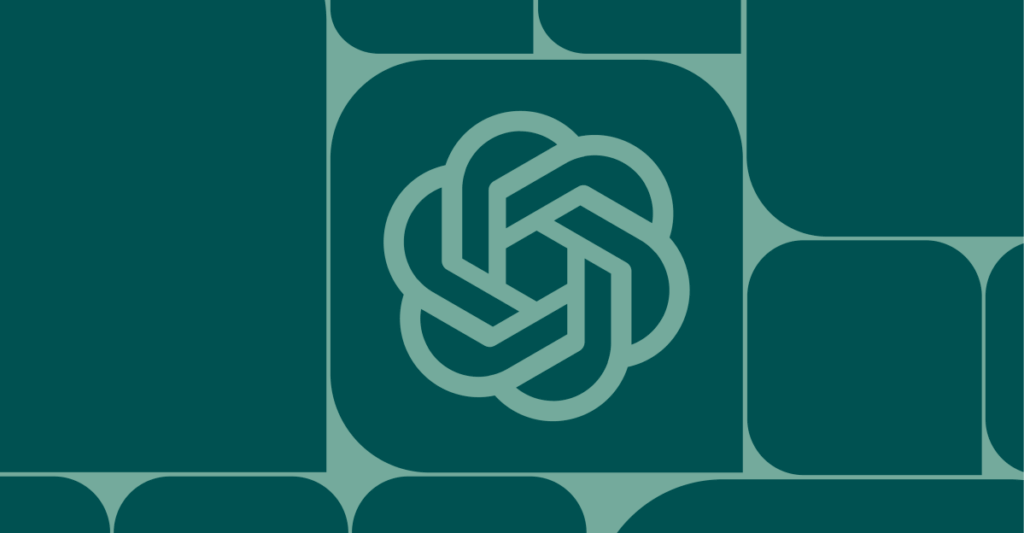
“In retrospect, not continuing to offer 4o, at least in the interim, was a miss,” Nick Turley, OpenAI’s head of ChatGPT, said on Tuesday. In an interview with The Verge, he said it was surprising to see the “level of attachment” people had to 4o. “It’s not just change that is difficult for folks, it’s also the fact that people can have such a strong feeling about the personality of a model.”
Turley said that OpenAI was working to bring the “warmth” of 4o to GPT-5. In a Tuesday evening post on X, CEO Sam Altman said the update should also feel “not as annoying (to most users) as GPT-4o.”
Turley said the initial decision to remove 4o was because OpenAI wanted to simplify the model choices it offers to ChatGPT’s 700 million weekly users, the vast majority of whom only use the default model.
“It definitely wasn’t a cost thing,” he said. “In fact, the main thing we were striving for, and we’ve been striving for it for a long time, is simplicity. Because from the average user’s perspective — and there are a lot of average users, they don’t hang out on Reddit or Twitter or any of those spaces — the idea that you have to figure out what model to use for what response is really cognitively overwhelming. We’ve heard very consistently from users over and over again that they would love it if that choice was made for them in a way that was appropriate to the query. They’re coming for a product, not a set of models.”
Even still, a vocal part of ChatGPT’s user base strongly protested the switch from 4o to GPT-5. On Reddit, people compared the change to losing a close friend or loved one, while others criticized GPT-5’s responses for being shorter and less helpful. Altman announced on Tuesday that 4o is back as an opt-in model for all paying ChatGPT users.
Going forward, ChatGPT won’t completely get rid of its existing models when a new one is introduced, according to Turley, and the company is not planning to remove 4o again without advance notice. “My commitment is that, if we ever did retire 4o, we’d want to give people a heads up on when and how that’s gonna happen, just like we do in the API and on our enterprise plans,” he said.
Despite the criticism of last week’s rollout, Turley said that ChatGPT’s usage has gone up since the release of GPT-5. “That’s why it’s just confusing when you’re building for so many different users, because you can, on the one hand, have a vocal set of power users who very rightfully have feedback about the way that we rolled GPT-5 out. On the other hand, you also have a large swath of more typical consumer users, and it’s their first time actually seeing and interacting with the concept of reasoning — a thinking model and the sparks that come with that.”
“We’re at a scale now where we have to give people some level of predictability when there’s a major change,” he said. “And we already do this today for our enterprise plan. So it’s really just expanding some of the predictability we’ve built in other parts of the product.”
My full conversation with Turley airs on Decoder this Thursday, August 14th.
 Latest World Breaking News Online News Portal
Latest World Breaking News Online News Portal






